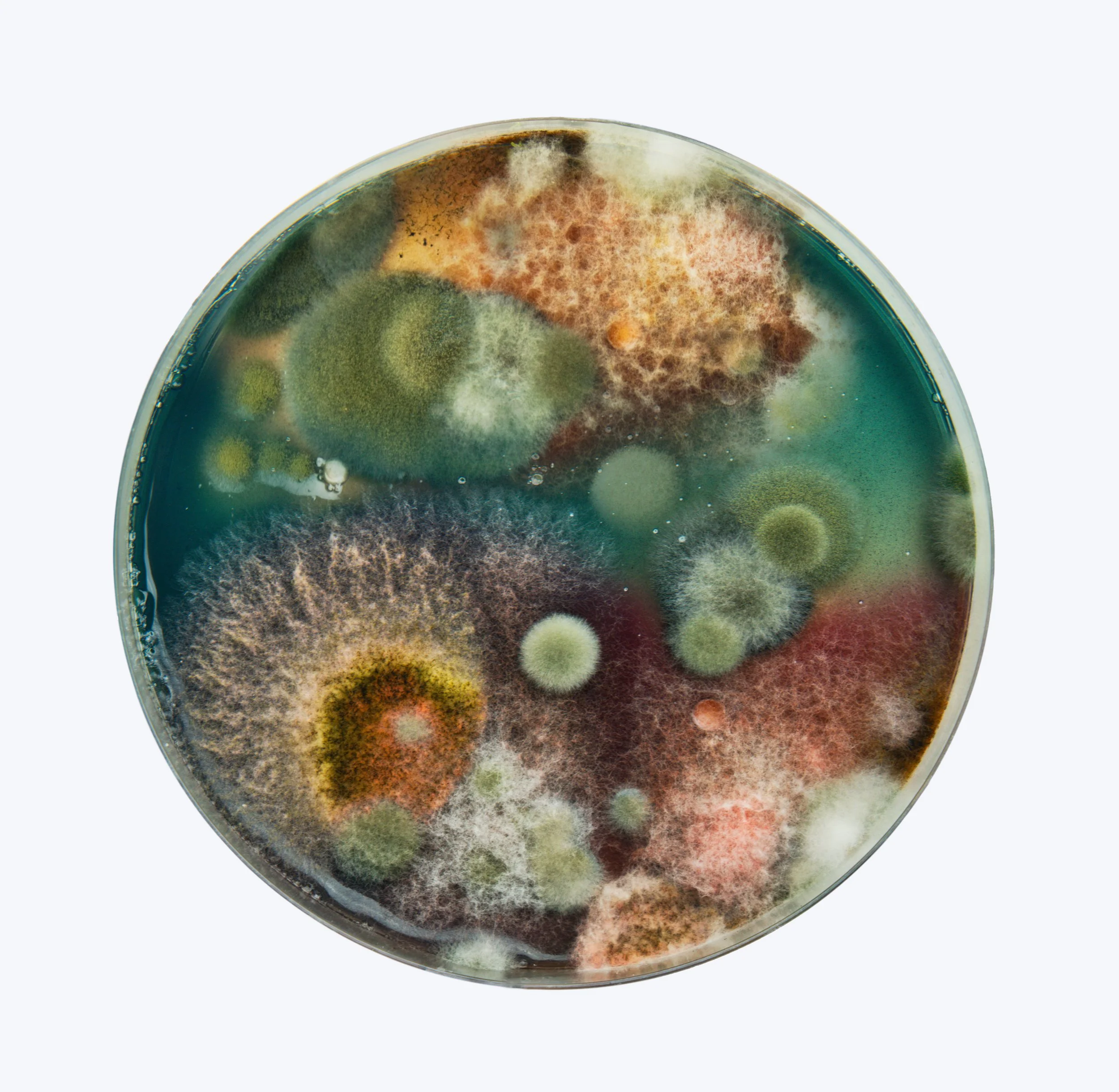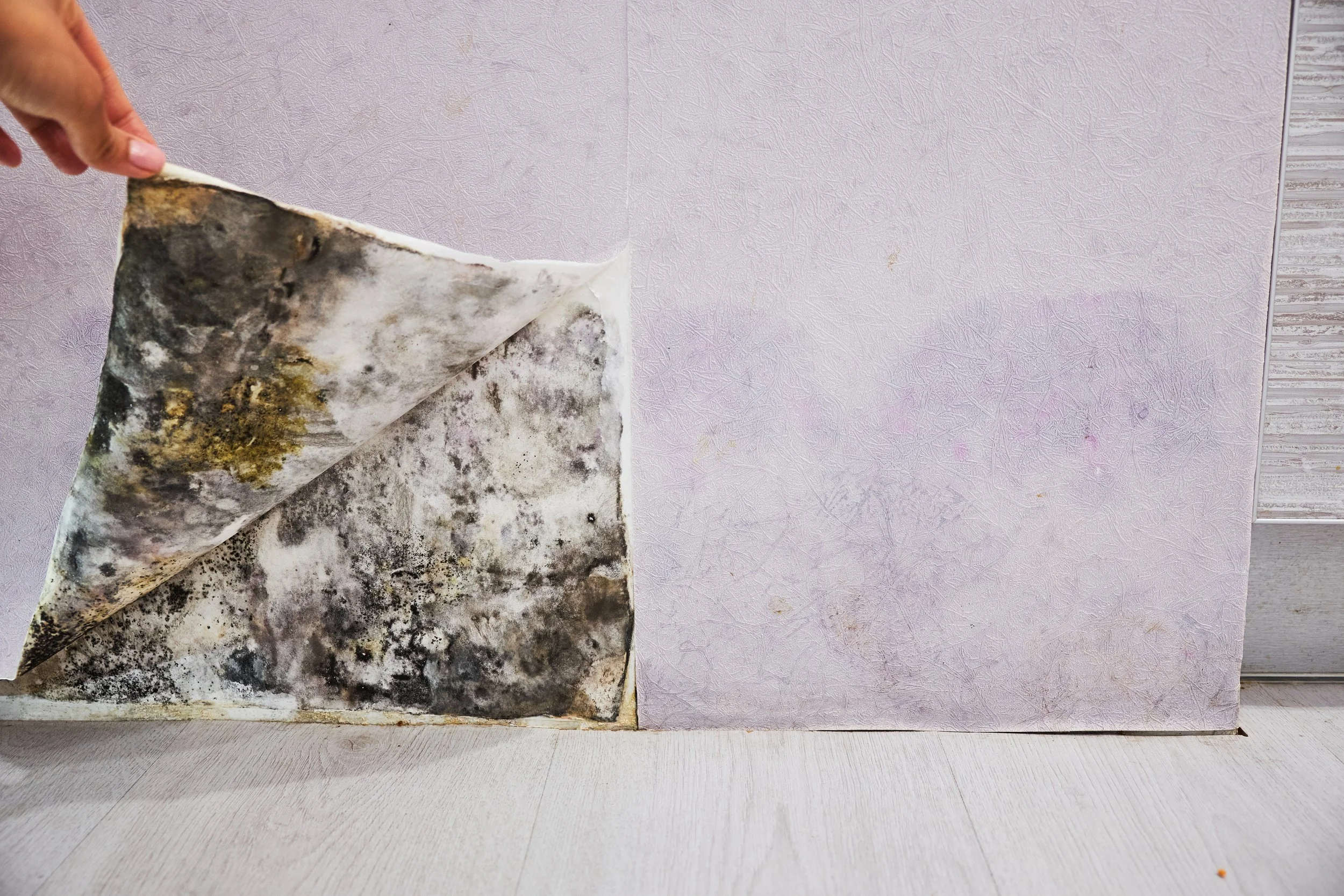Mycology / Mould
What is Mould?
Mould is a living, breathing organism just like you and me. However, unlike plants or animals, Yeast, Mould, Mushrooms and Mycelium networks are part of their own biological kingdom called the ‘Eukaryotic Kingdom’ or more simply the ‘Fungi/Fungus Kingdom’
Breathing
When Fungi want to reproduce they have several options as they are capable of both sexual and asexual reproduction. The main methods are budding, fragmentation & producing spores.
The microscopic spores are what cause the real problem for humans, as they are released into the air and inhaled deep into our lungs where the warm, wet darkness offers an inviting home for the fungi to colonise and grow.
Biodiversity
Fungi are one of the most diverse kingdoms of all boasting over 140,000 named species and a vast undocumented domain full to the brim with an estimated 1.5 - 6 million species!
Because Fungi are ‘Ubiquitous’ meaning they live everywhere on earth (yes even in the ocean) it has had the oppourtunity to adapt countless times to countless environments.
Health Risks
With such an enourmous range of species, everywhere on earth, it is no wonder that many types of mould have adapted to colonise the human body. Not all types of mould are harmful, however many common species that grow inside our homes can cause serious health problems, especially in young children, the elderly and those with compromised immune systems. Make sure you visit you GP for professional health advice if you experience the common symptoms of mould exposure including:
Asthma
Coughs
Nausea
Fatigue
Rashes
Diarrhoea
Depression
Headaches
Hay-Fever
Dizziness
Cancer
Hidden Threat
In many instances homes can become very mouldy underneath the surface without ever showing visible signs of contamination. Despite not being visible, mould spores are still being released into the air causing various health symptoms. This is where a mould inspection becomes the only real way to determine whether mould is growing inside the walls, the species of the mould and the health risks.
What to do?
If you believe your home is mouldy and would like to know the risk level, contact us or book an indoor air quality inspection. In the meantime there are several things you can do to lower the risk whilst living in the home.
Ensure your home is properly ventilated, open windows and doors to ‘flush’ the air regularly
Do not touch any surfaces that are mould contaminated without protection
Do not move personal items from contaminated areas into clean parts of the home
Wash your clothing on the hottest setting with a cup of naturally brewed vinegar
You can try to remediate the mould yourself using naturally brewed vinegar & water (80% 20%)
Talk to your insurance company find out what protections are available
Learn your rights and contact your landlord to address the issues







